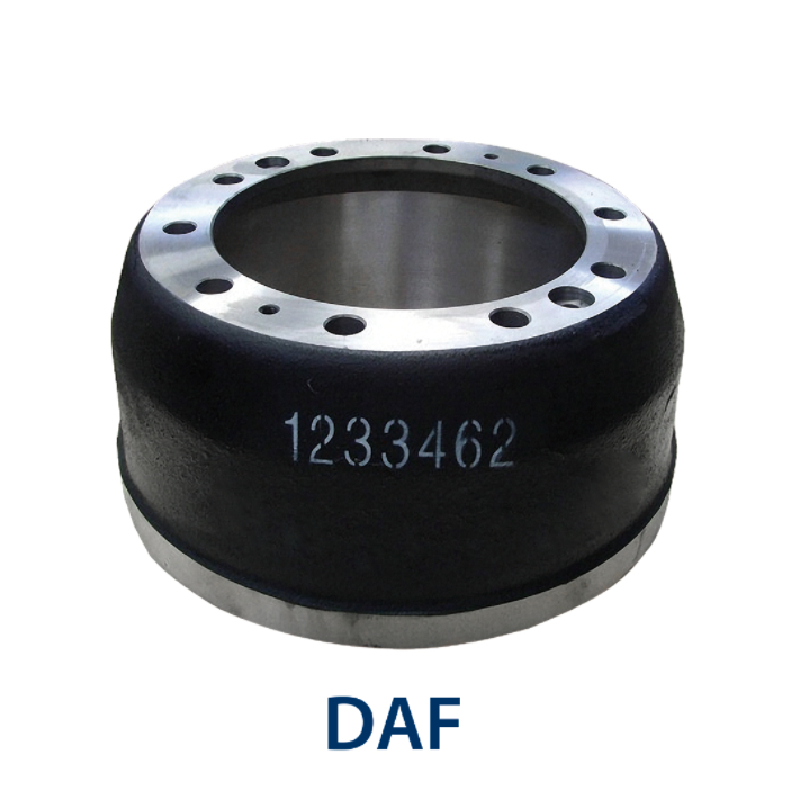Dec . 11, 2024 11:36 Back to list
drum brakes
Understanding Drum Brakes Components, Functionality, and Applications
Drum brakes are a crucial component of many vehicles' braking systems, playing a pivotal role in ensuring safety and control during operation. These brakes have been used in various automotive applications for decades, owing to their reliability and effectiveness. In this article, we will delve into the components, functionality, advantages, and applications of drum brakes.
Components of Drum Brakes
The core components of a drum brake system include the brake drum, brake shoes, wheel cylinder, and various hardware elements such as springs and adjusters. The brake drum is a circular metal component attached to the wheel, while the brake shoes are curved friction materials that press against the inner surface of the drum to create braking force. The wheel cylinder is a hydraulic component that activates the brake shoes when pressure is applied to the brake pedal. Additionally, springs play a vital role in retracting the brake shoes to their original position once the brake is released, ensuring that the braking system functions smoothly.
Functionality
The operation of drum brakes is relatively straightforward. When the driver presses the brake pedal, hydraulic fluid is forced through the brake lines into the wheel cylinder. This action pushes the pistons within the wheel cylinder outward, causing the brake shoes to expand against the inner surface of the drum. The friction generated between the shoes and the drum slows down the rotational motion of the wheel, ultimately bringing the vehicle to a stop.
One of the key features of drum brakes is their self-energizing capability. As the drum spins, the leading shoe can rotate in a direction that pulls it further into the drum, which increases the braking force. This self-energizing action makes drum brakes highly effective, especially in lower-speed applications and light to medium vehicles.
drum brakes

Advantages of Drum Brakes
Drum brakes offer several advantages that contribute to their continued use in both conventional and modern vehicles. Firstly, they are generally less expensive to manufacture and maintain compared to disc brakes, making them an economical choice for many automobile manufacturers. Secondly, drum brakes provide a larger surface area for friction, which can offer effective stopping power under certain conditions. This can be particularly beneficial in applications like heavy commercial vehicles where high braking force is necessary.
Moreover, drum brakes are more efficient in terms of heat dissipation, as the drum acts as a heat sink, helping to manage temperatures during extended braking periods. This quality is particularly important in situations where prolonged braking is expected, such as towing or descending steep grades.
Applications
While drum brakes are often found on older vehicles and some economy cars, they can still be seen in various applications today. They are commonly used on the rear wheels of many passenger cars, where the braking requirements may not be as demanding as on the front wheels. Additionally, drum brakes are frequently employed in commercial vehicles, trailers, and heavy-duty applications due to their robust nature and ability to handle substantial loads.
In summary, drum brakes serve as a reliable and cost-effective braking solution for a wide range of vehicles. Understanding their components, functionality, and advantages can help drivers appreciate the role these systems play in automotive safety. As technology evolves, the design and materials used in drum brake systems continue to improve, enhancing their performance and reliability in modern applications. Whether in everyday vehicles or specialized transport, drum brakes remain an essential aspect of the automotive braking landscape.
-
Scania Brake Drums: OEM Quality for Optimal Safety & Durability
NewsAug.16,2025
-
R.V.I: Advanced Remote Visual Inspection for Precision
NewsAug.15,2025
-
Discover HYUNDA: Innovative Vehicles, Equipment & Solutions
NewsAug.14,2025
-
R.V.I: Unlock Advanced Insights & Real-time Performance
NewsAug.13,2025
-
Kamaz Brake Drum: Durable & Reliable for Heavy Duty Trucks
NewsAug.12,2025
-
Heavy Duty Iveco Brake Drum - Premium Quality & Safety
NewsAug.11,2025
